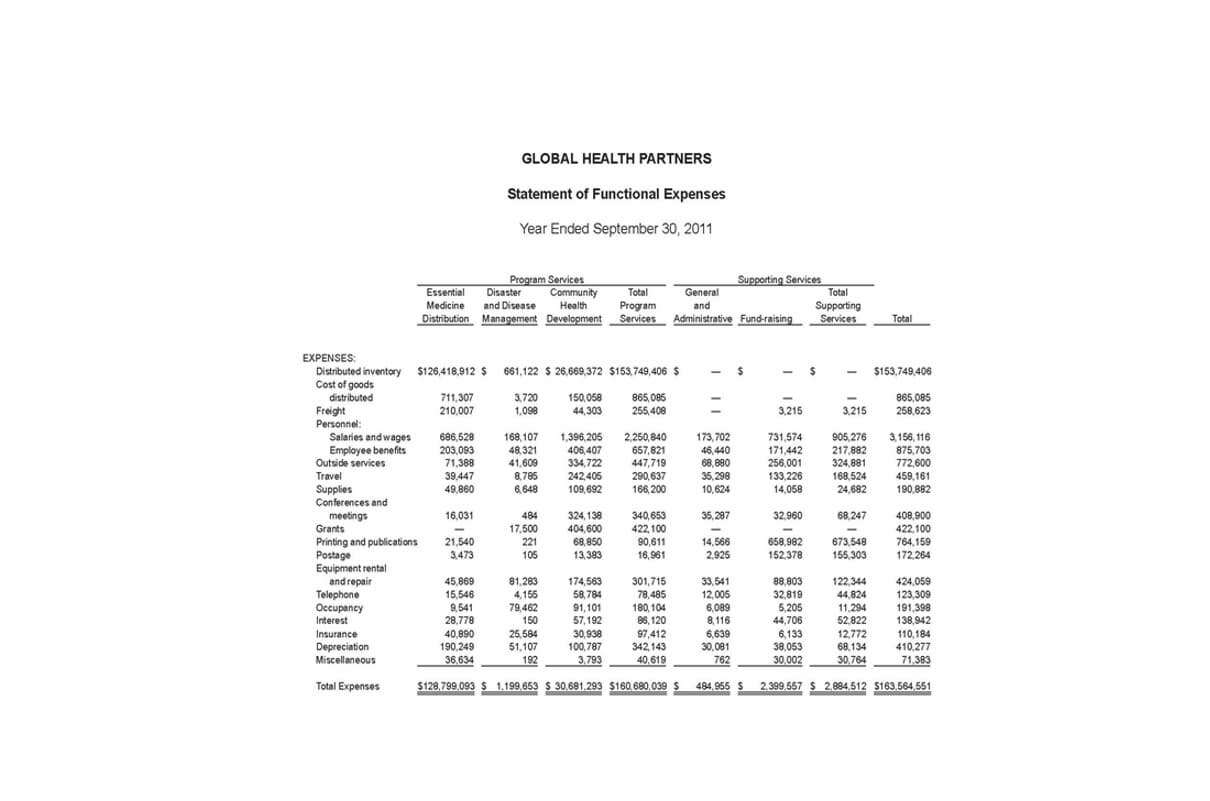
To see how DPO compares, it was tested alongside PPO and preferred fine-tuning (Preferred-FT) using the TL;DR summarization dataset. Number of days should be calculated from the start of the accounting period (i.e. 1 April 2015) until the period end (i.e. 30 June 2015). Proactively resolving these issues can help you ensure that payments are made promptly, keeping your suppliers happy.
Cost or Purchases

Conversely, a low DPO could mean that a company pays its bills quickly, but it may also be missing out on potential interest by holding cash longer. If a company wants to decrease its DPO, it can regularly monitor its accounts payable to identify and resolve any issues that may be delaying payment to suppliers. A company can also more quickly resolve supplier payment problems if it has accurate and up-to-date records. However, a low DPO may also indicate that the company is not taking advantage of the time to earn interest on its funds. If it usually pays invoices after 10 days, the company could have been earning interest on the funds for an additional 20 days before remitting payment. Companies having high DPO can use the available cash for short-term investments and to increase their working capital and free cash flow (FCF).

Finance automation that puts you in charge
- Days Inventory Outstanding (DIO) measures the average number of days a company takes before replacing its inventory.
- Reviewing your balance sheet and financial statements for the period you are reviewing will give you the information you need.
- This can make it easier to negotiate good terms and secure discounts in the future (critical in the current economic climate).
- While the AP turnover ratio tells you how many times per year your AP totals are paid off, the DPO calculates the average number of days it takes to pay them off.
- Days sales outstanding (DSO) is the name given to a financial metric that measures the average number of days it takes a company to collect payment from its customers.
- The term ‘accounts payable’ means the amount of money a company owes to its vendors and suppliers.
Discover the next generation of strategies and solutions to streamline, simplify, and transform finance operations. As Assistant Controller at MineralTree, Betsy is responsible for https://www.bookstime.com/articles/accumulated-depreciation maintaining accounting records and reconciling accounts. Before coming to MineralTree, she spent five years working at Deloitte as an Audit & Assurance Manager. Betsy earned her Master of Science in Accounting and MBA from Northeastern University in Boston, MA. Discover how to hire a healthcare data analyst from LATAM, avoid common mistakes, and leverage offshore talent for your US healthcare company.
How to Interpret Days Payable Outstanding

When a DSO is high, it indicates that the company is waiting extended periods to collect money for products that it sold on credit. By contrast, a high DPO could be interpreted multiple ways, either indicating that the company is utilizing its cash on hand to create more working capital, or indicating poor management of free cash flow. A high DPO means that a company takes longer to pay its suppliers, which can be an advantage in cash flow management, as it keeps cash in the business longer. However, if the DPO is too high, it could strain supplier relationships, potentially leading to delays in receiving goods dpo equation or services or harming the company’s reputation. Automating your accounts payable process streamlines invoice processing and lets you pay suppliers faster. Leading financial automation solutions like Stampli go beyond streamlining invoice processing to provide seamless ERP integration, actionable data reporting and analytics, and fast electronic payment methods.
- They can be calculated for any time period, but most often on a 365-day basis.
- A higher DPO indicates that the company is stretching its payment terms, which can free up cash for other operational needs.
- 3) Internal restructuring of the operations team to improve the efficiency of payable processing.
- This ratio is calculated by dividing total supplier purchases by average accounts payable, offering insights into payables management efficiency.
- This is a good thing because funds stay available for a longer period of time.
- This approach accounts for fluctuations in payables, providing a stable figure for analysis.
Why should you care about Accounts Payable Days?

However, it could also suggest that the company is facing financial difficulties or is taking advantage of credit terms. Enhancing DPO metrics requires a systematic approach to accounts payable management. Start by analysing current payment processes to identify inefficiencies and bottlenecks. Common areas for improvement include invoice processing delays, manual approval workflows, and inconsistent payment scheduling.
Supplier Negotiations
The lower company might be getting more favorable early pay discounts than the other company and thus they always pay their bills early. Additionally, a company may need to balance its outflow tenure with that of the inflow. Imagine if a company allows a 90-day period for its customers to pay for the goods they purchase but has only a 30-day window to pay its suppliers and vendors. This mismatch will result in the company being prone to cash crunch frequently.
- Increasing DPO over time can also indicate a business is having trouble meeting its financial obligations.
- When measured alongside other key cash flow and expense metrics, DPO can be a powerful indicator for companies, helping you better understand your spend and spot areas of opportunities for greater efficiency.
- Businesses usually have a DPO of between 30 and 60 days although it can vary significantly from industry to industry.
- The classic way to calculate DPO is by dividing your accounts payable for a given period by the cost of goods sold (COGS) or cost of revenue in SaaS.
- Practical examples of DPO calculation highlight its application in financial analysis and illustrate how changes in data or accounting methods can affect results.
- Conversely, a lower DPO might suggest more prompt payments but could also signal a need for improved supplier relationships or a tighter cash position.
The extra time gained from an extension can make all the difference in managing operational expenses, investing in growth initiatives, or maintaining a buffer for unexpected costs. Essentially, longer payment terms provide greater financial flexibility, allowing the company to optimize its cash management strategy. Extending the time allowed to pay vendors or suppliers can lengthen the company’s DPO effectively. Days sales outstanding (DSO) measures contribution margin the average time to collect payments after a sale, helping businesses assess their cash conversion efficiency and manage receivables. A higher DPO suggests that a business retains its cash longer, which can be beneficial since there’s funds available for other needs.
Cash Conversion Cycle (CCC) estimates the approximate number of days it takes a company to convert inventory into cash after a sale to a customer – as defined by Wallstreet Prep. Account Payable Days (DPO) is an important component of the Cash Conversion Cycle (CCC). Thanks to these valuable insights, businesses can eventually develop strategies suited to their financial needs, ensuring effective payment management and long-term stability. Fathom offers innovative, user-friendly tools to help you track Accounts Payable Days (AP Days), along with a precise benchmark that’s tailored to your industry. With a built-in benchmarking capability, compare your business against bespoke targets and gain valuable insights into payment cycles. A low DPO means payments are being made quickly and is often a sign of financial stability.
How to Calculate DPO
More specifically, the income statement measures a company’s financial performance across a period, whereas the balance sheet is a “snapshot” at a specific point in time. This serves as a benchmark for assessing payment practices and comparing with industry norms. For a more complete picture of your AP finances, you can calculate your accounts payable turnover ratio, and then calculate DPO by using the results from the turnover ratio calculation. A company must consider its industry standards, supplier relationships, available early payment discounts, and overall working capital strategy. These factors help determine whether the current DPO aligns with business objectives or requires adjustment.

